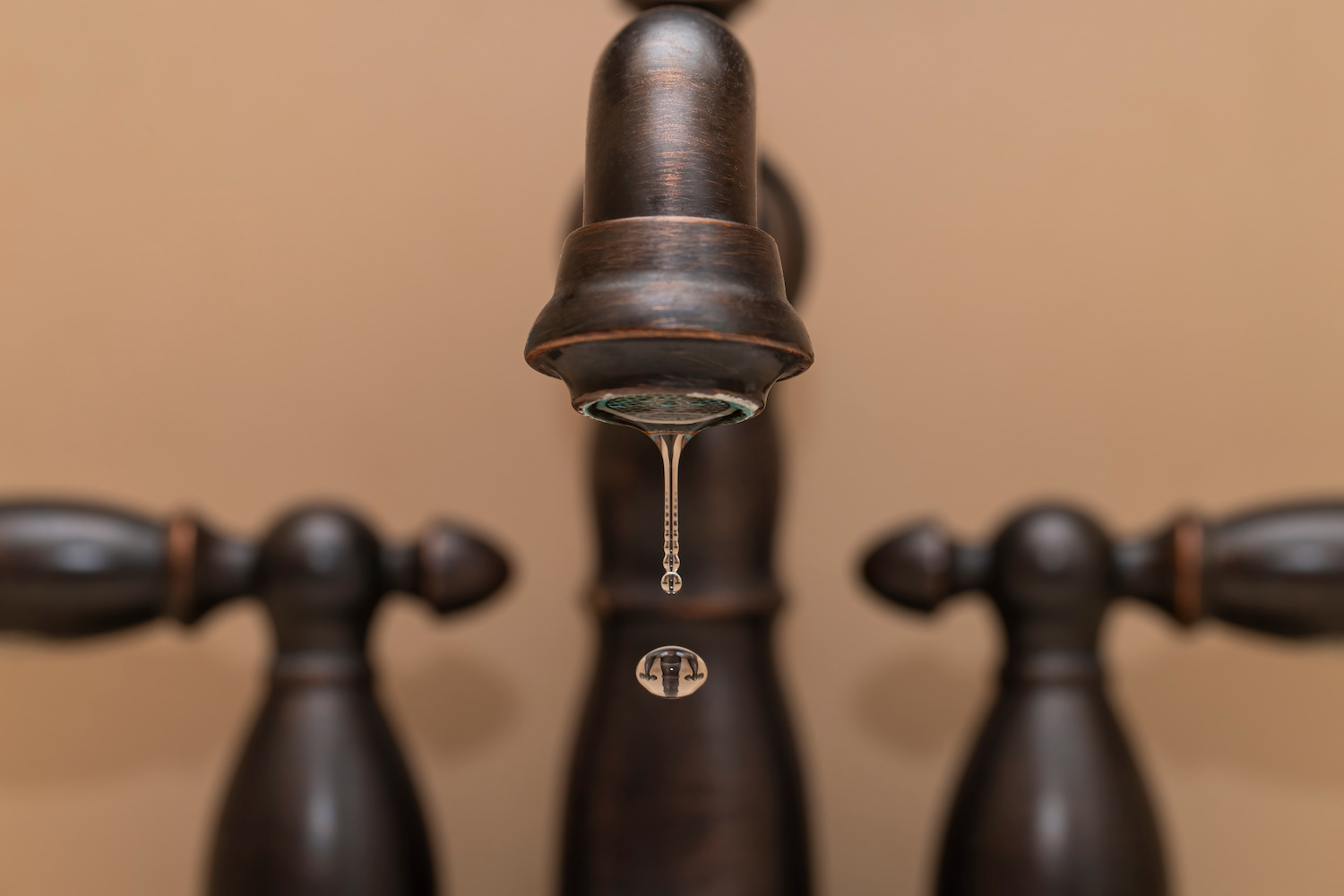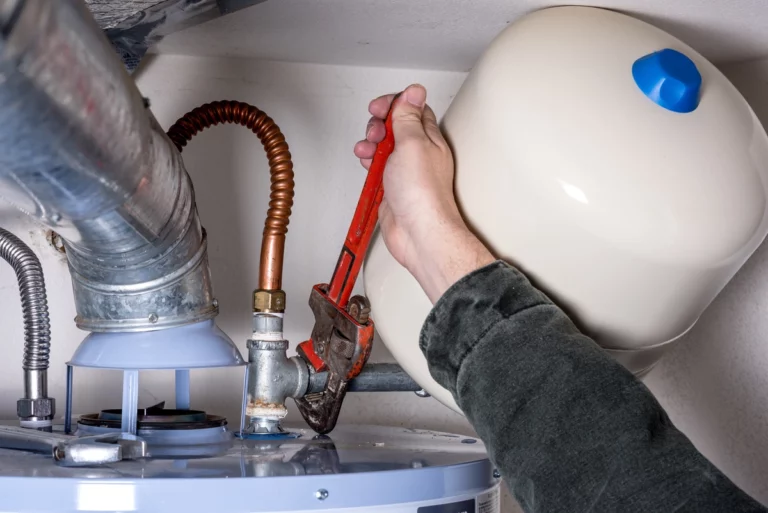Picture this: you’re relaxing at home, enjoying a lazy afternoon, when suddenly, you hear it—water gushing somewhere it shouldn’t. Whether it’s a burst pipe or a faulty appliance, one thing is clear: you need to stop the water, fast! Knowing how to turn off the water to your house is a skill that can save you from a soggy disaster and a hefty repair bill.
This guide will walk you through everything you need to know about stopping water in its tracks. Don’t worry—it’s easier (and more fun) than you think. Let’s dive in!
Why Knowing How to Turn Off Water Is Important
First things first: why should you even bother learning how to turn off the water in your house? Here’s why:
- Emergencies Happen: Pipes burst, faucets leak, and sometimes, appliances decide to go rogue.
- Saves Money: Water damage is expensive. Stopping the flow quickly can save you thousands.
- Peace of Mind: Knowing how to turn off the water supply to your house ensures you’re prepared for the unexpected.
Step 1: Locate the Main Water Shut-Off Valve
The star of the show is your main water shut-off valve. But where is it hiding? Let’s go on a scavenger hunt.
Common Locations:
- Basement or Crawl Space: If your home has a basement or crawl space, check near the front of the house.
- Utility Room: Often found near your water heater.
- Garage: In some homes, the valve might be tucked away in the garage.
- Exterior Wall: In warmer climates, you might find the shut-off valve on an exterior wall.
If you’re wondering, “How do you turn off the water to the house if I can’t find the valve?”—don’t panic. Your local water company can help you locate it.
Step 2: Learn How to Turn It Off
Now that you’ve found the valve, it’s time to get hands-on.
Types of Shut-Off Valves:
- Gate Valve: Looks like a spoked wheel. Turn it clockwise to shut off the water.
- Ball Valve: A lever handle. Turn it 90 degrees so it’s perpendicular to the pipe.
Both types are simple to operate, but here’s a pro tip: if the valve hasn’t been turned in a while, it might be a little stiff. Use a bit of elbow grease, but don’t force it too hard.
Step 3: Shut Off the Water for Specific Situations
Sometimes, you don’t need to shut off the water for the entire house. Here’s how to handle specific situations:
1. Turning Off Water for a Sink or Toilet
- Look for the individual shut-off valve under the sink or behind the toilet.
- Turn it clockwise to stop the water flow.
2. Shutting Off Water for Appliances
- Washing machines and dishwashers have their own shut-off valves, usually located behind them.
- Simply turn the valve clockwise to close it.
Knowing how to turn off the water in your house at specific points can save you from unnecessary inconvenience.
Step 4: What About the Water Supply Outside?
If you need to shut off water for outdoor fixtures, here’s what to do:
- Locate the Exterior Shut-Off Valve: Usually found near the hose bib or outdoor faucet.
- Turn Off the Valve: Turn it clockwise to stop water flow.
This is especially important before winter to prevent pipes from freezing.
Step 5: Double-Check and Test
Once you’ve turned off the main valve, it’s a good idea to test your work:
- Turn on a Faucet: Open a faucet inside your house. If no water comes out, congratulations—you’ve successfully stopped the flow.
- Check the Meter: If you’re still unsure, check your water meter. If the dial isn’t moving, the water is off.
Step 6: Turning the Water Back On
Crisis averted? Great! Now it’s time to turn the water back on. But don’t just fling the valve open—do it slowly to avoid causing a water hammer (that loud, banging noise in the pipes).
- Turn the Valve Slowly: This helps equalize pressure in the pipes.
- Check for Leaks: Once the water is back on, inspect the area for any drips or leaks.
The Bottom Line
Knowing how to turn off the water to your house isn’t just a handy skill—it’s a necessity. Whether you’re dealing with a minor leak or a major plumbing disaster, being able to quickly stop the water flow can save you time, money, and stress. Plus, now you can impress your friends with your newfound water wisdom!
So next time someone asks, “How do you turn off the water in your house?” you’ll be ready to guide them like a true plumbing pro.





